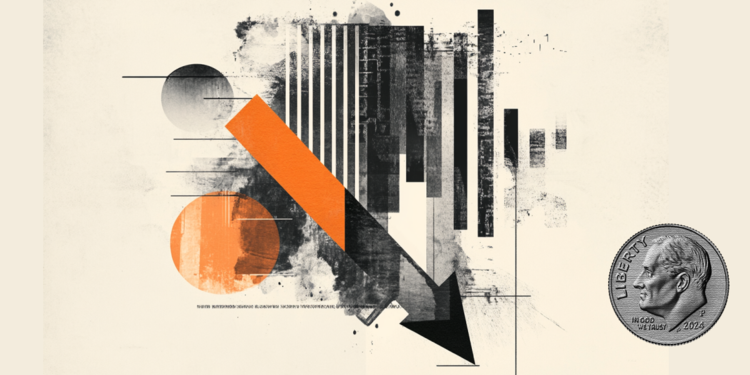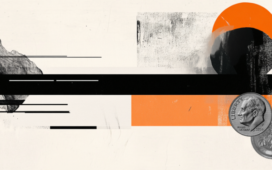- The Indian Rupee gains traction in Wednesday’s Asian session.
- RBI intervention helps to limit INR’s losses.
- The Indian and US CPI inflation data will be the highlights later on Wednesday.
The Indian Rupee (INR) extends its upside on Wednesday, bolstered by the strong intervention from the Reserve Bank of India (RBI). Additionally, the US Dollar (USD) selling by exporters and profit-booking by speculators provide some support to the local currency.
However, the upside for the INR might be limited due to the concern about India’s sluggish growth, widening trade deficit, rising crude prices and the risk of fresh US trade tariffs. Later on Wednesday, investors will keep an eye on the Indian Consumer Price Index (CPI) for January, Industrial Output and Manufacturing Output. On the US docket, the CPI inflation will be closely watched. Also, the Federal Reserve’s (Fed) Raphael Bostic and Christopher Waller are set to speak.
Indian Rupee strengthens despite trade tensions
- “The central bank’s decisive hand is likely to stabilise the rupee in the near term, with the direction thereafter to be dictated by global dollar movements,” DBS Bank said in a note.
- Indian Rupee depreciated 3.60% since September 2024, which was lower compared to the Japanese Yen (-6.49%), Canadian Dollar (-5.71%), British Pound (-7.58%), Australian Dollar (-9.04%), and Euro (-7.53%), according to the Bloomberg data.
- Foreign investors have pulled out over $7.5 billion, on a net basis, from Indian stocks and bonds so far this year.
- In his semi-annual report to Congress, Fed’s Powell said the Fed officials “do not need to be in a hurry” to cut interest rates due to strength in the job market and solid economic growth.
- Powell further stated that Donald Trump’s tariff policies could put more upward pressure on prices, making it harder for the central bank to lower rates.
USD/INR’s shooting star received confirmation, downward pressure expected in the shorter term
The Indian Rupee edges higher on the day. According to the daily chart, the USD/INR pair keeps the bullish vibe above the key 100-day Exponential Moving Average (EMA), indicating that the support is likely to hold rather than break.
Additionally, the upward momentum is reinforced by the 14-day Relative Strength Index (RSI), which stands above the midline near 53.00, suggesting that further upside looks favorable.
The first upside target for USD/INR emerges at the 87.00 psychological level. Sustained trading above this level could pave the way to an all-time high near 88.00. Further north, the next hurdle is seen at 88.50.
On the other hand, the initial support level is located at 86.51, the low of February 3. Bearish candlestick below the mentioned level could expose 86.14, the low of January 27.
RBI FAQs
The role of the Reserve Bank of India (RBI), in its own words, is “..to maintain price stability while keeping in mind the objective of growth.” This involves maintaining the inflation rate at a stable 4% level primarily using the tool of interest rates. The RBI also maintains the exchange rate at a level that will not cause excess volatility and problems for exporters and importers, since India’s economy is heavily reliant on foreign trade, especially Oil.
The RBI formally meets at six bi-monthly meetings a year to discuss its monetary policy and, if necessary, adjust interest rates. When inflation is too high (above its 4% target), the RBI will normally raise interest rates to deter borrowing and spending, which can support the Rupee (INR). If inflation falls too far below target, the RBI might cut rates to encourage more lending, which can be negative for INR.
Due to the importance of trade to the economy, the Reserve Bank of India (RBI) actively intervenes in FX markets to maintain the exchange rate within a limited range. It does this to ensure Indian importers and exporters are not exposed to unnecessary currency risk during periods of FX volatility. The RBI buys and sells Rupees in the spot market at key levels, and uses derivatives to hedge its positions.





